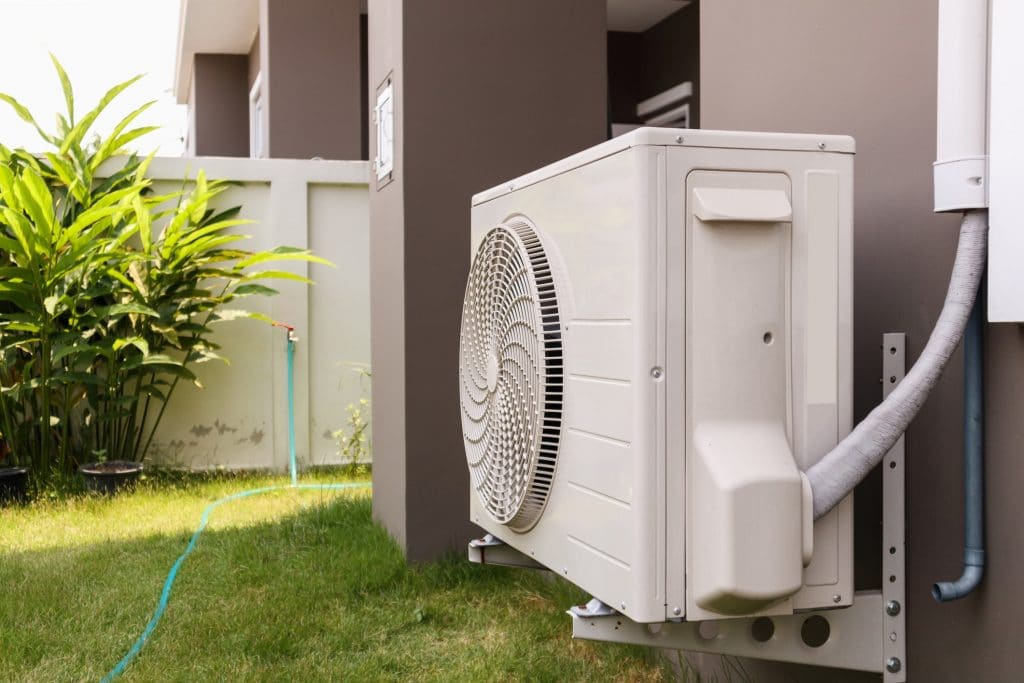It’s a hot and humid day in July and your central air system isn’t keeping your home as cool and comfortable as you’d like. So, you call up your trusty HVAC company and try to describe what’s been going on. The person on the other end of the line starts asking you some questions and throwing out words like “compressor” and “air handler” while you nod in agreement, grateful that they can’t see your “deer in the headlights” look.
While you’re not expected to master every component of your heating or air conditioning system,
It is helpful to familiarize yourself with some of the most common terminology.
SEER –
The SEER (Seasonal Energy Efficiency Ratio) measures the efficiency of your air conditioning system. It is calculated by taking the BTU per hour of cooling divided by the watts of electricity over an entire cooling season. The higher the rating, the more efficient the system. Today, AC systems are required to have a minimum 13 SEER rating.

MERV –
This refers to the rating of your system’s air filter. The higher the MERV (Minimum Efficiency Reporting Value), the more efficient the filter and the smaller the particulates it can capture – that’s crucial to maintaining good quality indoor air.
Air Handler –
This is the unit located inside your house (usually in the attic) responsible for circulating air through the duct system.
Condenser –
Typically placed outdoors, this is the unit that houses all the parts required to remove heat from the system.
Compressor –
Located inside the condenser, the compressor’s job is to circulate and raise the amount of refrigerant in the system.
Heat Pump –
While it looks like a condensing unit, a heat pump uses electricity to efficiently heat your home in the winter months and cool it during the summer.
Evaporator Coil –
This is an “a” shaped coil located inside the air handler or furnace that absorbs heat from the air passing over it.
Line Set –
The two lines connecting the evaporator coil and the condensing unit are referred to as the line set. The larger, insulated one is the suction line, the smaller copper tube is the is the liquid line.
Registers –
These are the covers over the ductwork’s inlets and outlets that let you control the amount of airflow in a room using a set of louvers.
Load Calculation –
This is mathematical process of determining the best size, application, and style of an HVAC system in a home.
That clears it all up, right? Well, maybe not. But it’s all clear to us – just like always, you can depend on it. So, for the best in heating and cooling system maintenance, repair, and installation, put Optimum Air to work for you.